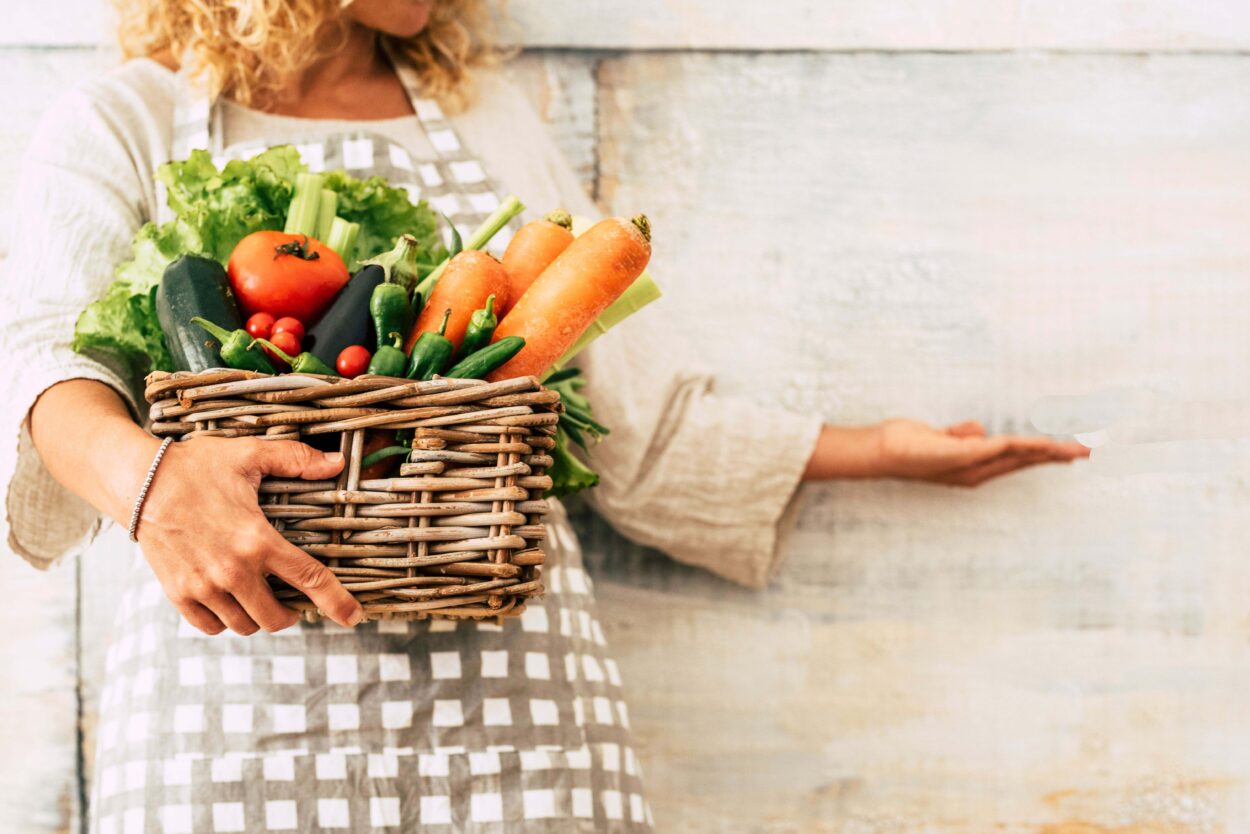
In a Friends episode titled, “The One with the Cop”, Ross, Chandler and Rachel struggle to maneuver a couch up the narrow staircase of their apartment building. As the group attempts to turn a corner, Ross repeatedly yells “Pivot!” in an increasingly hysterical tone, setting the stage for a hilarious, now-iconic scene that is frequently referenced across social media. Who knew that, nine months into 2020, we would all feel as though Ross was screaming that very sentiment at the collective world. Because, in the wake of the coronavirus pandemic, that is precisely what we are all expected to do — pivot, pivot, and pivot some more.
When ‘business as usual’ is no longer an option and innovation is no longer a choice but, rather, a mandate… well, businesses find themselves in a bit of a ‘make-it-or-break-it’ type scenario. Behind Door A, we have defeat. Behind Door B, we have the option to go back to the drawing board and, taking into consideration current needs and the challenges created by a global pandemic, we evolve and find a new way to do business. Fortunately for consumers, many brands (both large and small) have chosen to walk through Door B. Over the last few months, we’ve witnessed a variety of pandemic-era innovations and/or new, complimentary service offerings based on the current landscape.
In the realm of media and publishing, Buzzfeed is a giant. Known as the world’s largest independent publisher, Buzzfeed has begun its pivot into the world of ecommerce; specifically, they have goals to build out their own ecommerce platform. This initiative will help to create a sustainable revenue stream for the brand which, considering the ever fluctuating nature of online platforms and media interest, is a smart move. So, what does this look like? Buzzfeed hopes to “own” the entire consumer journey, from the beginning of the sales funnel (inspiration) where they already have the market cornered, to the end of the sales funnel (purchase), directly within its content.
To do this, Buzzfeed recently partnered with Bonsai, a platform which “allows publishers to sell products natively without taking on any inventory risk”. Similar to the concept of ‘social selling’, in which an individual or group utilizes exposure on social platforms (and word of mouth) to sell products which they, themselves, don’t actually keep in stock – as they are simply selling on behalf of a brand. For Buzzfeed, this means users can shop directly within an article. If an article inspires purchase interest in the reader, they are able to seamlessly click to learn more and, if desired, complete a purchase all within the Buzzfeed platform. In the world of sales, reducing the steps leading to a conversion is the golden ticket. From Buzzfeed’s perspective, this helps them to develop a more direct relationship with their audience while driving growth.
In a press release announcing the partnership, Buzzfeed also revealed plans to launch a more extensive, branded marketplace later this year, which will be distributed across third-party platforms.
Amazon Enters the World of Online Pharmaceuticals
Across industries, Amazon has revolutionized the supply chain, getting products into the hands of consumers at a record pace. Now, the e-commerce company is taking things a step further with the launch of their online pharmacy in Bangalore, India.
Appropriately named ‘Amazon Pharmacy’, they have reportedly started accepting orders for both over-the-counter and prescription-based medicines in Bangalore. The pharmacy will also sell traditional herbal medicines along with health-related accessories such as glucose meters and handheld massagers. This shift into the pharmaceutical realm should come as no surprise, as Amazon purchased the online pharmacy start-up PillPack for nearly $1 billion in 2018. However, by melding together their e-commerce expertise and the global need for medicine, Amazon is perfectly positioned to help consumers meet their essential needs from the safety and comfort of their own home.
Doordash Invents a More Convenient Convenient Store
Who knew convenience could get, well, more convenient? Apparently, DoorDash did. The on-demand delivery service which acts as a close rival to Uber Eats, has now launched a ‘digital storefront’ for all the basic needs (household items, snacks, etc.) that you can’t order from a restaurant. The service, called ‘DashMart’ is currently available in eight cities throughout the U.S. and is positioned for continued expansion over the next few months.
To offer this service, DoorDash has set up ‘micro-fulfillment’ centers which carry around 2,000 items. When an order comes in, DashMart employees pick and pack the orders which are then picked up for delivery by a ‘Dasher’. In the COVID-19 era, this proves to be an especially valuable service, as many consumers look to bypass the trip to the grocery store (or simply the line-ups). Prior to this new offering, DoorDash had also partnered with more than 1,800 convenience stores to offer consumers an expansive selection of grab-and-go style items.






